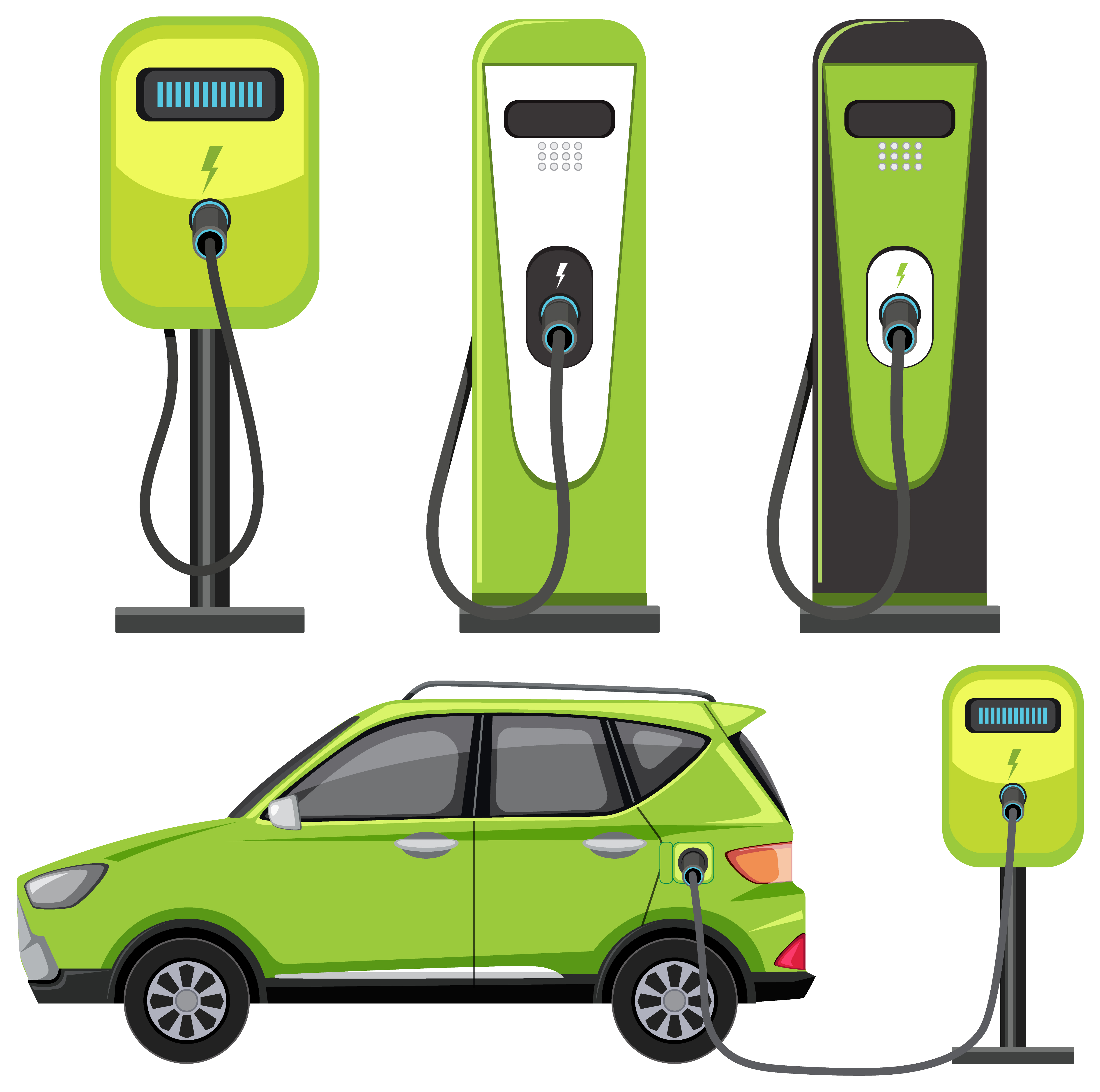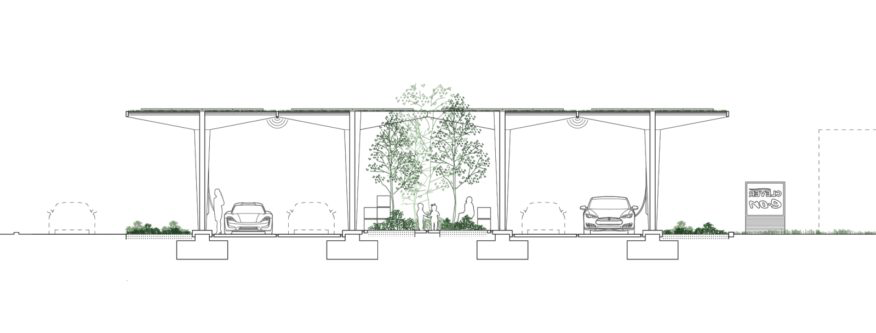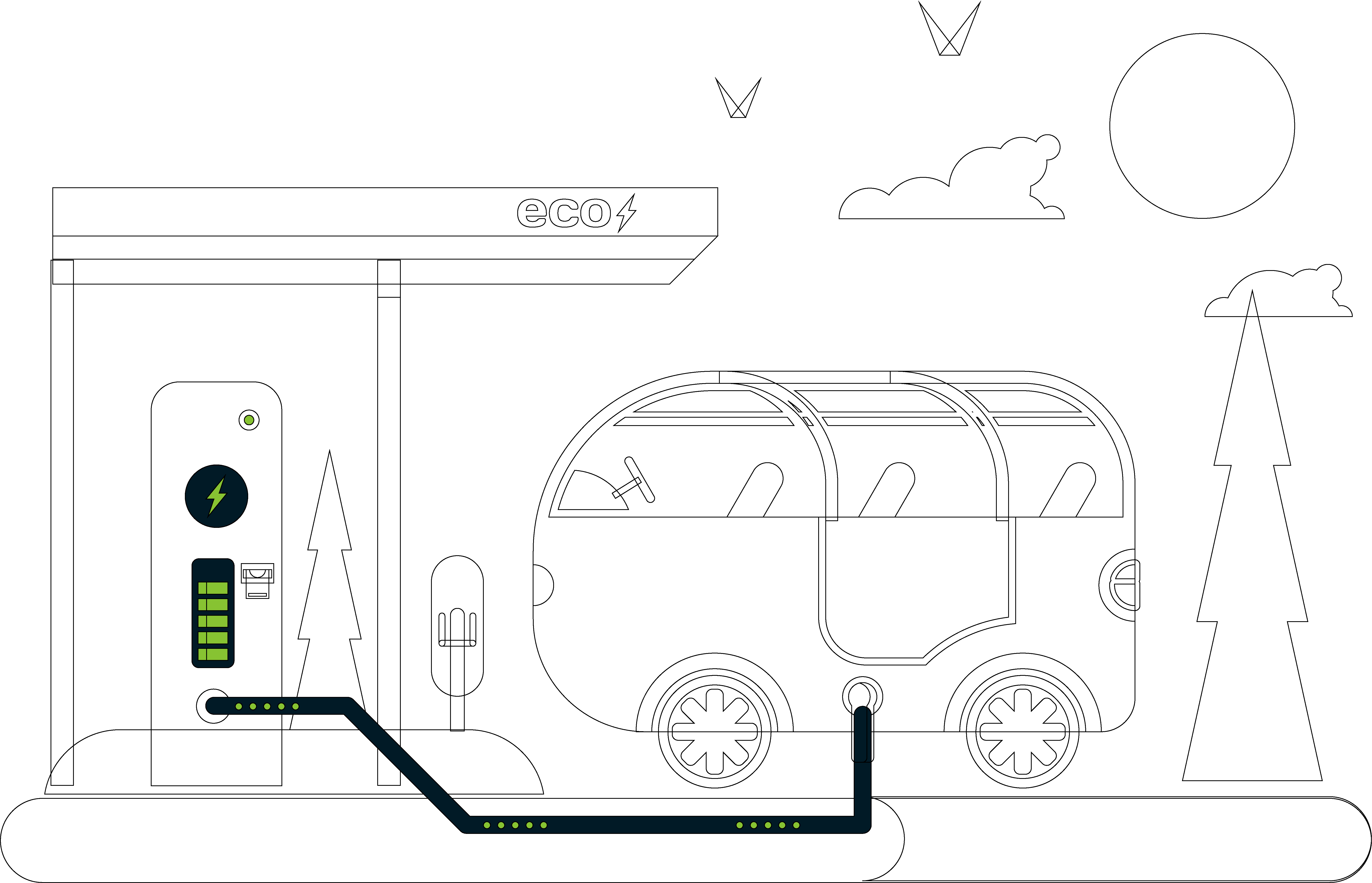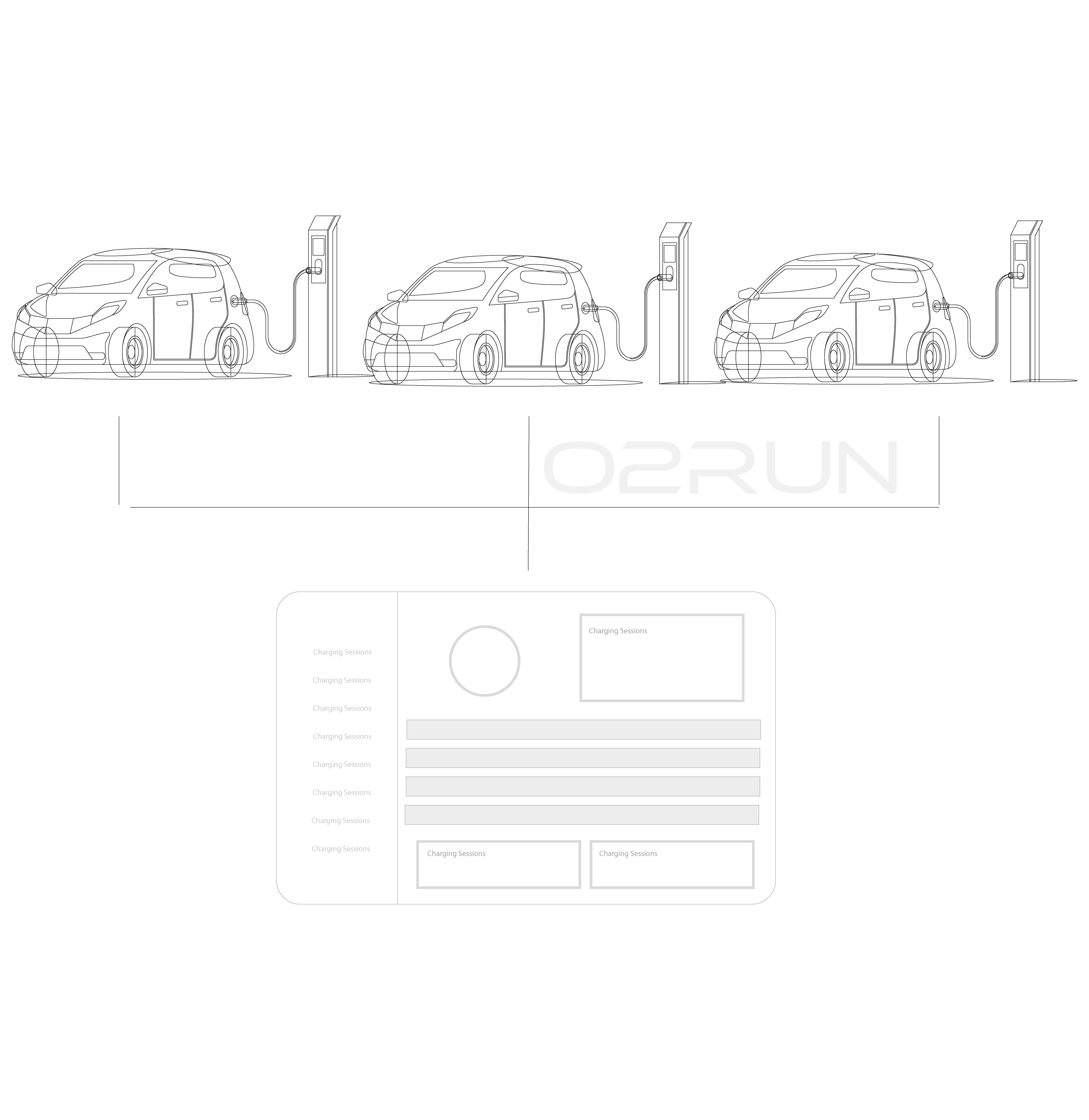
As the adoption of electric vehicles (EVs) continues to rise, understanding the nuances of EV charging becomes increasingly important. Among the various charging methods available, AC (alternating current) and DC (direct current) charging stand out as the primary options. In this blog post, we'll delve into the key differences between AC and DC charging, shedding light on their respective advantages, limitations, and applications in the world of electric mobility.
Exploring the Key Differences Between AC and DC Charging
As the adoption of electric vehicles (EVs) continues to rise, understanding the nuances of EV charging becomes increasingly important. Among the various charging methods available, AC (alternating current) and DC (direct current) charging stand out as the primary options. In this blog post, we'll delve into the key differences between AC and DC charging, shedding light on their respective advantages, limitations, and applications in the world of electric mobility.
Understanding AC Charging
AC charging is the most common method used for charging electric vehicles, particularly in residential and commercial settings. AC charging utilizes the same type of electricity that powers household appliances, making it accessible and easy to implement. AC chargers are typically installed with power ratings ranging from 3.6 kW to 22 kW, offering varying charging speeds depending on the EV's onboard charger capabilities.
Exploring DC Fast Charging
In contrast, DC fast charging represents a more rapid and efficient charging method, particularly suited for long-distance travel and commercial applications. DC chargers deliver electricity directly to the vehicle's battery, bypassing the onboard charger and enabling faster charging speeds. DC fast chargers are capable of delivering high power outputs, ranging from 50 kW to over 350 kW, allowing EVs to replenish their batteries in a fraction of the time compared to AC charging.
Key Differences
Charging Speed: One of the most significant differences between AC and DC charging is the charging speed. DC fast chargers offer significantly faster charging speeds compared to AC chargers, making them ideal for quick top-ups during long journeys or busy schedules.
Charging Infrastructure: AC charging infrastructure is more prevalent and accessible, with charging stations commonly found in residential areas, workplaces, and public locations. On the other hand, DC fast charging infrastructure is typically concentrated along highways, major routes, and commercial hubs, catering to the needs of long-distance travelers and fleet operators.
Vehicle Compatibility: Most electric vehicles are equipped with onboard AC chargers, allowing them to charge from standard AC charging stations. However, not all EVs are capable of accepting DC fast charging, as it requires specific hardware and compatibility with high-voltage charging systems.
Cost and Complexity: AC charging infrastructure is generally less expensive to install and maintain compared to DC fast charging infrastructure, which requires specialized equipment and higher power capabilities. Additionally, the installation of DC fast chargers may involve more complex regulatory and permitting processes due to their higher power outputs.
In conclusion, AC and DC charging represent two distinct approaches to charging electric vehicles, each with its own set of advantages and limitations. AC charging offers accessibility, affordability, and compatibility with most EVs, making it suitable for everyday use in residential, commercial, and public settings. On the other hand, DC fast charging provides unparalleled speed and convenience, catering to the needs of long-distance travelers and commercial fleet operators. By understanding the key differences between AC and DC charging, EV drivers can make informed decisions about their charging needs, ensuring a seamless and efficient charging experience wherever their electric journey takes them.

What’s New
- by O2Run
- 0 Comments
How to Find EV Charging Stations Near You
As electric vehicles (EVs) become increasingly popular, the need for ...
Read More- by O2Run
- 0 Comments
Mastering EV Battery Health
In the realm of electric vehicle (EV) ownership, understanding the ...
Read More- by O2Run
- 0 Comments
9 Key Reasons to Dive into the EV Charging Station Investment Arena
In the dynamic landscape of transportation, electric vehicles (EVs) ...
Read More


Leave Your Comment Here